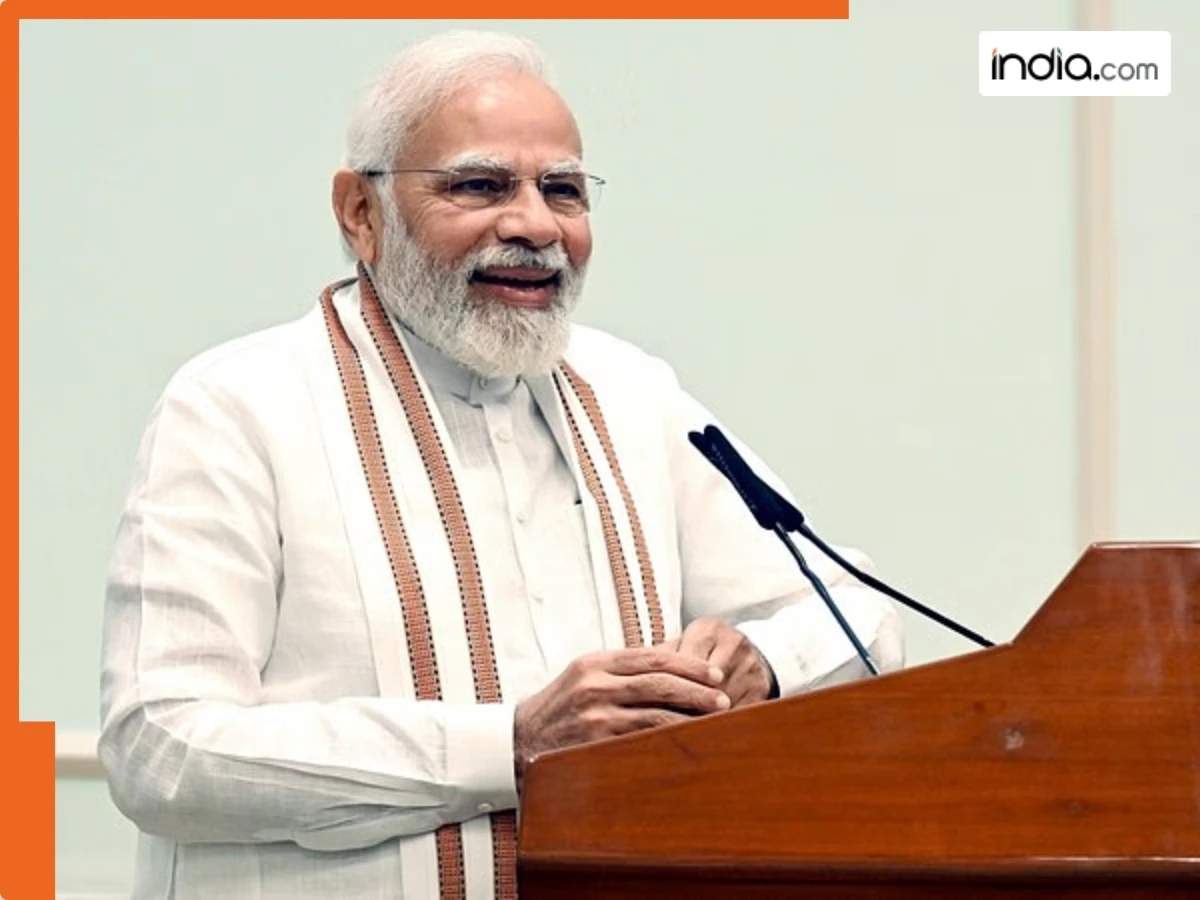In a great update for India amid the decline in India-Pakistan tensions, India has reached the top of the global charts in both manufacturing and service activities.
When the tensions between India and Pakistan were on a rise and the global economy was expected to slow down as a result of tariff war started by US President Donald Trump, the data of Purchasing Managers Index (PMI) released by JP Morgan has indicated a massive positive for India. Here are all the details you need to know.
India ahead of China and Pakistan
India’s services sector continued to grow in April, with the Services Purchasing Managers’ Index (PMI) rising slightly to 58.7 from 58.5 in March, an HSBC report said on Tuesday. For those unversed, a PMI reading above 50 indicates expansion, while anything below signals contraction. The increase points to steady improvement in the services sector, supported by a sharp rise in new business orders, according to HSBC India Composite PMI Output Index.
For a point of comparison, China’s manufacturing PMI tracked by the National Bureau of Statistics (NBS) was at 49 in April and according to ISM the US Manufacturing PMI was only 48.7 in April 2025, while the Service PMI. On the other hand, France only has a manufacturing PMI at 48.7.
Strong market demand
Many companies reported strong market demand and successful marketing strategies, while others said they were able to handle more work due to better efficiency. The finance and insurance sector led the growth, showing the highest gains in both output and new orders.
Export demand also picked up significantly. After a temporary slowdown in March, new export orders rose at their fastest pace since July 2024, driven by increased interest from markets in Asia, Europe, West Asia, and the United States. This contributed to improved margins for service providers, as easing cost pressures allowed companies to raise prices at a quicker pace.
Manufacturing also showed improvement, with the HSBC India Manufacturing PMI inching up to 58.2 from 58.1 in March, hitting a 10-month high. This follows a 14-month low in February. The rebound in April was fuelled by higher production, more hiring, and increased purchasing of inputs.
